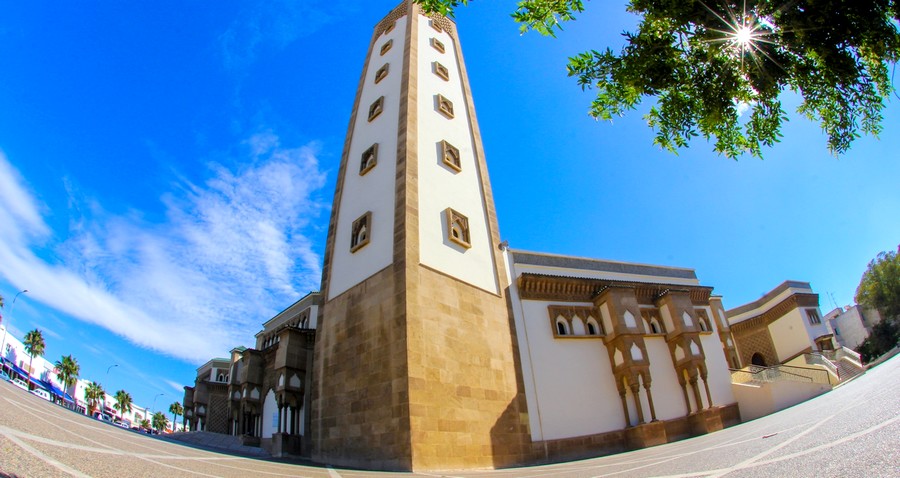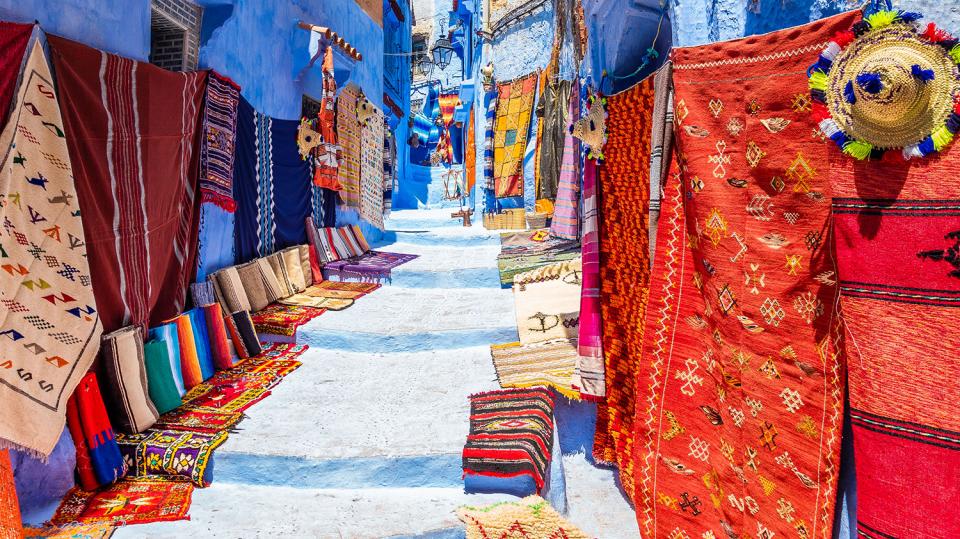There are three major themes within the Amazigh culture, defined as the “trinity,” and easily recognizable in Moroccan culture. The three themes have transcended Amazigh culture and been accepted as the wider Moroccan identity: The importance of language (Tamazight), the pervasiveness of the tribal system and kinship(ddm), and the strong connection to the land (tammurt).
The importance of language
Without the wider Moroccan community or original Moroccan Arabs accepting the three pillars in Amazigh culture, Morocco would have a very different culture. In short, the similarities between Amazigh and Moroccan Arab culture ensured wide acceptance of Amazigh cultural aspects with Moroccans.
The most obvious theme in the Moroccan community of Amazigh nature is the importance of language within society. When one looks at the Amazigh people, there is a clear correlation between the relevance of language and the preservation of the culture.
The Amazigh people’s history and belief system was preserved in oral fashion where one generation would pass the history, wisdom, and laws to another. Despite having three distinct dialects, the history and laws of the Amazigh people synced and survived countless invasions.
When the Arab invasion occurred, the Arabs brought a similar appreciation for the essential nature of language and the role that the elderly should play in the preservation of Tamazight. Even if one were to overlook the fact that both Arabic and Tamazight, the languages spoken by the Amazigh people, come from the Afro-Asiatic language family, both languages place a heavy emphasis on elders to ensure the continuation of language, either through writing or oral recitation.
Though the Arabs expressed themselves in more poetic and eloquent language, it is believed that they appreciated the way in which the Amazigh people used language as a uniting factor.
The relevance of language as a binding element became very apparent when King Mohammed VI amended the Moroccan constitution in 2011 to include Tamazight as a national language. A new written language was formed in neither Arabic script or Latin script but an entirely new alphabet—Tifinagh—to ensure the preservation of Amazigh history, traditions, laws, and wisdom.
This recognition provided the Amazigh an even greater acceptance into contemporary Moroccan culture. Despite the similarities, the move to recognize the Amazigh was more a political gesture than an inclusion of Tamazight into society.
Relevance of kinship
A second theme that one must look at when comparing Amazigh and contemporary Moroccan culture is the idea of kinship that spawns from the tribal system.
The idea of a nation-state was a foreign concept from the West that both the Amazigh and Arab invaders in Morocco rejected. For both the Amazigh and the Arabs, there is an acceptance that similarities between people are not defined by imaginary lines but rather that an identity stems from a shared language, shared history, and for the Arabs, a shared religion.
This shared definition of identity resulted in a pervasive tribal system in both Amazigh and Moroccan culture. The tribal system is defined in terms of economically socialist but socially democratic that can still be found in the hospitality of Moroccans today.
However, the idea of kinship that accepts people of different backgrounds is a relevant distinction between Amazigh and Moroccan culture. Even though the tribal system places an emphasis on the matriarch, Moroccan culture prefers an influential patriarch. The relevance of this is that there continues to be a disenfranchisement of the Amazigh people in the laws and politics of Morocco.
The centrality of the land
Finally, one must understand the idea of a homeland resonates with the Amazigh people. There is a unique relationship to the land that extends beyond the physical and into the spiritual.
The Amazigh viewed the land as a thing that not only sustained life but provided protection from imperialistic Western and Arab campaigns that helped to preserve the language and tribal system.
The spiritual aspect of the land can be found in the Moroccan Islam (closely related to Sufism) today and that there was a strong relationship between the people in the city and the people in the mountains. This relates back to the idea that the Amazigh people accepted those who lived in the urban areas of Morocco. The relevance of this relationship between urban and rural emphasizes two distinct cultures in Morocco that coexist and share similar linguistic and societal norms.
There is a complex relationship with language, societal tribal norms, and the connection to the land between Amazigh cultural traditions and their place in Moroccan society. The societal structure and relationship to the land strongly correlate to their acceptance into Moroccan culture today.
Language also has Amazigh cultural characteristics but the acceptance of Tamazight within Moroccan culture still remains to be seen. However, if one were to remove any one of these Amazigh cultural aspects, it is fairly likely Morocco would have a different set of beliefs and way of life.
SOURCE : Reflecting on the Amazigh Cultural Trinity




















